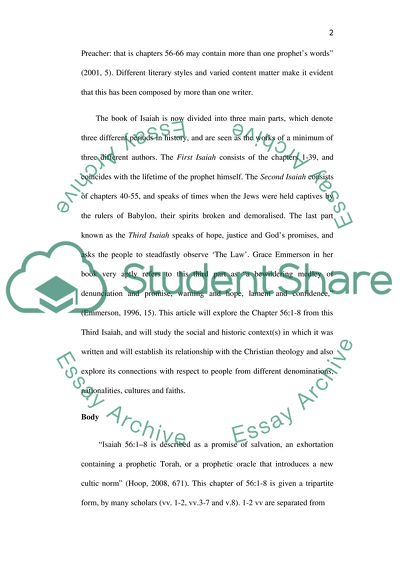Cite this document
(An Exegesis of Isaiah Essay Example | Topics and Well Written Essays - 2250 words, n.d.)
An Exegesis of Isaiah Essay Example | Topics and Well Written Essays - 2250 words. Retrieved from https://studentshare.org/religion-and-theology/1735781-an-exegisis-of-isaiah-561-8
An Exegesis of Isaiah Essay Example | Topics and Well Written Essays - 2250 words. Retrieved from https://studentshare.org/religion-and-theology/1735781-an-exegisis-of-isaiah-561-8
(An Exegesis of Isaiah Essay Example | Topics and Well Written Essays - 2250 Words)
An Exegesis of Isaiah Essay Example | Topics and Well Written Essays - 2250 Words. https://studentshare.org/religion-and-theology/1735781-an-exegisis-of-isaiah-561-8.
An Exegesis of Isaiah Essay Example | Topics and Well Written Essays - 2250 Words. https://studentshare.org/religion-and-theology/1735781-an-exegisis-of-isaiah-561-8.
“An Exegesis of Isaiah Essay Example | Topics and Well Written Essays - 2250 Words”. https://studentshare.org/religion-and-theology/1735781-an-exegisis-of-isaiah-561-8.


